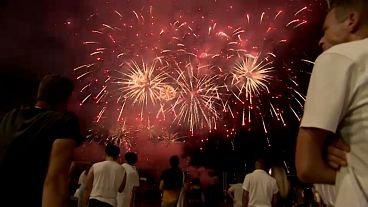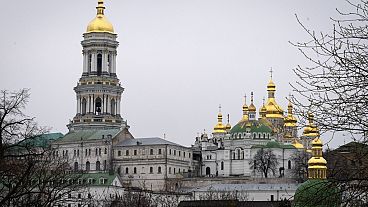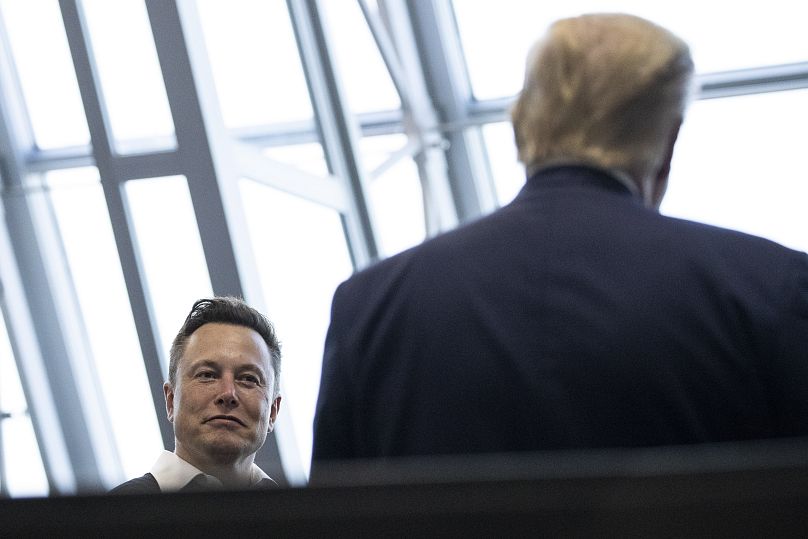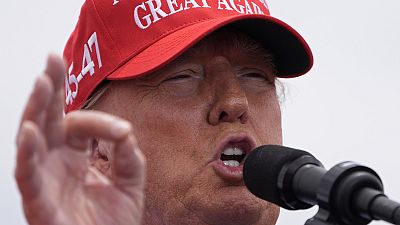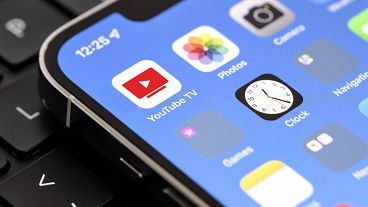Claims such as the shooting being "staged" or "ordered" by US president Joe Biden have run rife on social media.
“Staged to get sympathy” and an “order” likely from the CIA with involvement of Barack Obama and the Clintons: just some of the conspiracy theories that swirled on social media just moments after former US president Donald Trump survived an assassination attempt at a rally on Saturday.
The claims, posted on X, Facebook, Instagram, and TikTok, were not backed up by any evidence and came from both Republicans and Democrats.
Some of the posts even came from US politicians.
“Joe Biden sent the orders,” Republican congressman Mike Collins from Georgia posted on X, referring to a comment about the election the incumbent president made earlier about putting “Trump in a bullseye”.
“The most alarming thing is that the misinformation coming out from the rally is so neatly polarised across political lines,” Yotam Ophir, Assistant Professor of Communication at the University at Buffalo in New York, told Euronews Next.
“It shows us how malleable conspiracy theories are – how they can be moulded to fit any ideology. And how they could be used to divide us further,” he added.
Law enforcement and the US Justice Department said they are continuing to investigate the shooting.
President Joe Biden, who is running against Trump in the 2024 presidential election, has ordered an independent review of how the attack happened.
But on social media, we are already “witnessing a surge in discussions questioning why the attacker was not detected earlier, leading to widespread speculation about potential failures in preventative measures,” said Sarah Morris, a professor of digital forensics at the University of Southampton in the United Kingdom.
“This growing discussion is now leading to theories that the incident was planned and that authorities allowed it to happen,” she told Euronews Next.
Many videos have circulated on social media platforms, such as one on X which shows a woman behind Trump looking around.
The post states, without offering evidence, that her behaviour was “highly suspicious” and her body language and behaviour “seem to indicate she knew that something was coming”.
Another worrying trend on social media was the rush to identify the shooter without verification.
Before the FBI named the gunman, an Italian football commentator was wrongly identified as being behind the attack and a member of far-left group Antifa.
Millions of people online had already seen and shared the false allegations before he could set the record straight.
The fault of social media companies?
Content moderation is getting more difficult for social media companies as they struggle to keep up with the speed of advancements in deep fakes and AI-generated disinformation around the US election, said Morris.
Israeli tech company Cyabra found an image depicting Trump smiling was created with artificial intelligence (AI) moments after the shooting and circulated on social media.
The firm also found that social media bots helped boost the false claims on platforms including X, TikTok, Facebook, and Instagram, and said 45 per cent of the accounts using hashtags like #fakeassassination and #stagedshooting were inauthentic.
“Companies need to continually enhance and adapt their detection algorithms and increase collaboration with independent fact-checkers to effectively combat these evolving threats,” Morris said.
But at the moment, social media companies can do whatever they like, said Ophir.
“In the absence of systematic solutions and regulations, we won’t be able to slow down the spread of misinformation,” he said, adding that it is not immediately clear what solutions we should adopt.
He said censorship does not seem to work and could be used to silence voters.
“We need more creative ideas, perhaps initiatives to restore trust in journalism and trustworthy sources of information or demanding changes to social media algorithms so they will promote accurate - rather than sensationalist and engaging - content,” he said.
Musk endorses Trump
On the other hand, Elon Musk’s platform X has turned away from censorship to become a space for free speech by removing some of the limits on misinformation that the company’s former owners put in place.
“It was already considered an unsafe space for many,” said Ophir, adding that many users had already left X before he endorsed Trump on Sunday.
The assassination attempt was a test for Musk’s platform, which experts agree it did not pass. The site’s algorithm pushed posts from both the Democratic and Republican sides to create a deep pit of conspiracies.
Meanwhile, Meta reinstated Trump on Facebook and Instagram on Friday after having banned his social media accounts in 2021 following the January 6 insurrection at the Capitol, deeming that Trump praising the rioters, calling on them to “fight like hell,” was a potential risk for inciting more violence.
Meta reinstating Trump could lead to a surge in followers, regardless of whether they agree with his views, argues Morris.
“This increase in followers is likely to amplify content related to Trump, potentially boosting the spread of disinformation and creating challenges for content moderation,” she said.
The weight of words
One of the most poignant images to come from Sunday’s rally captured Trump standing up after the assassination attempt with his fist in the air and blood smeared down his face, shouting “fight, fight, fight”.
This call is likely to be taken out of context on social media and spread rapidly, potentially inciting more violence as seen in the past, Morris said.
“It’s hard to establish causal relationships between a politician’s statement and real-world events,” said Ophir.
But he welcomed most Democrats, including President Biden, immediately condemning the shooting.
“We could only hope that the Republican party will follow them in trying to reduce, and not fan, the flames in these tensed times,” he said.
“So far, unfortunately, that is not what we’re seeing on the right”.

